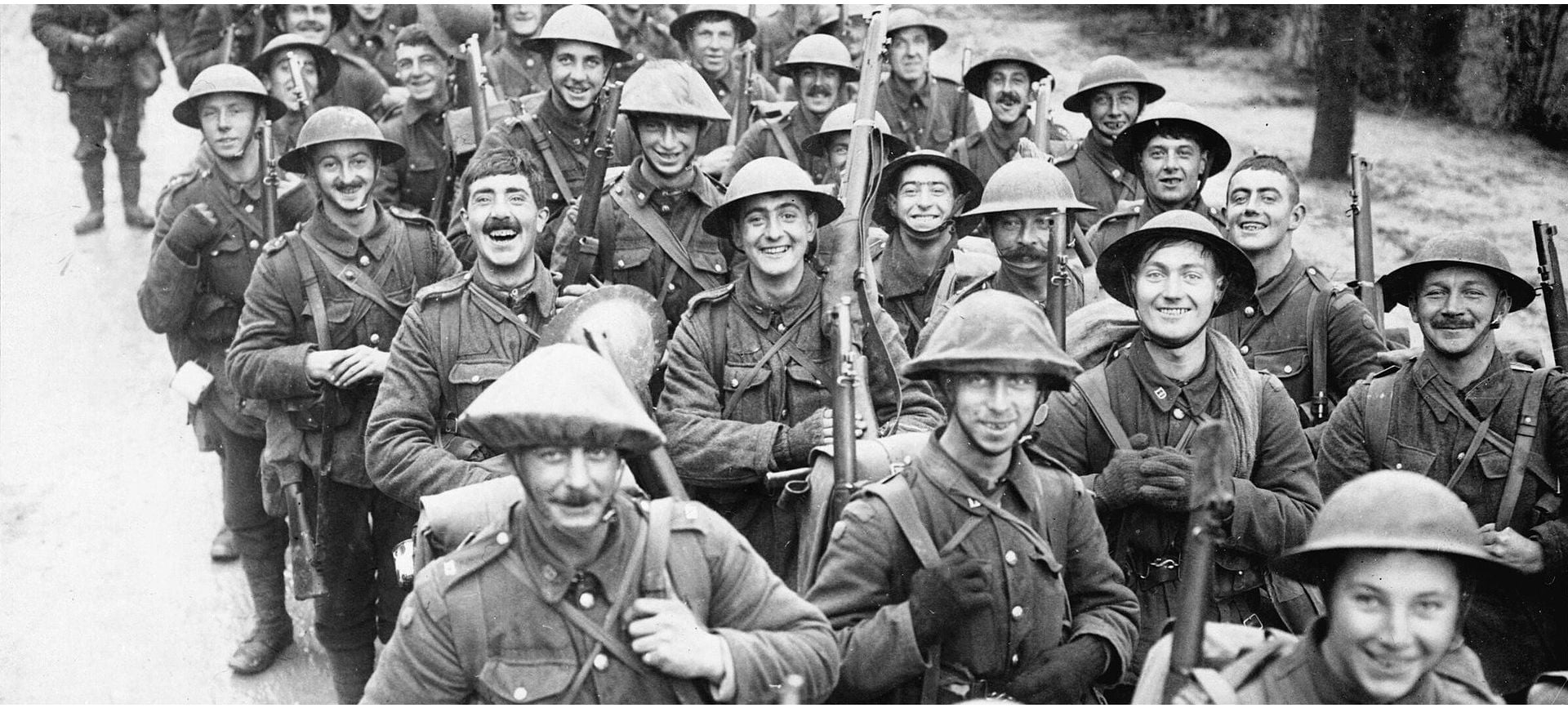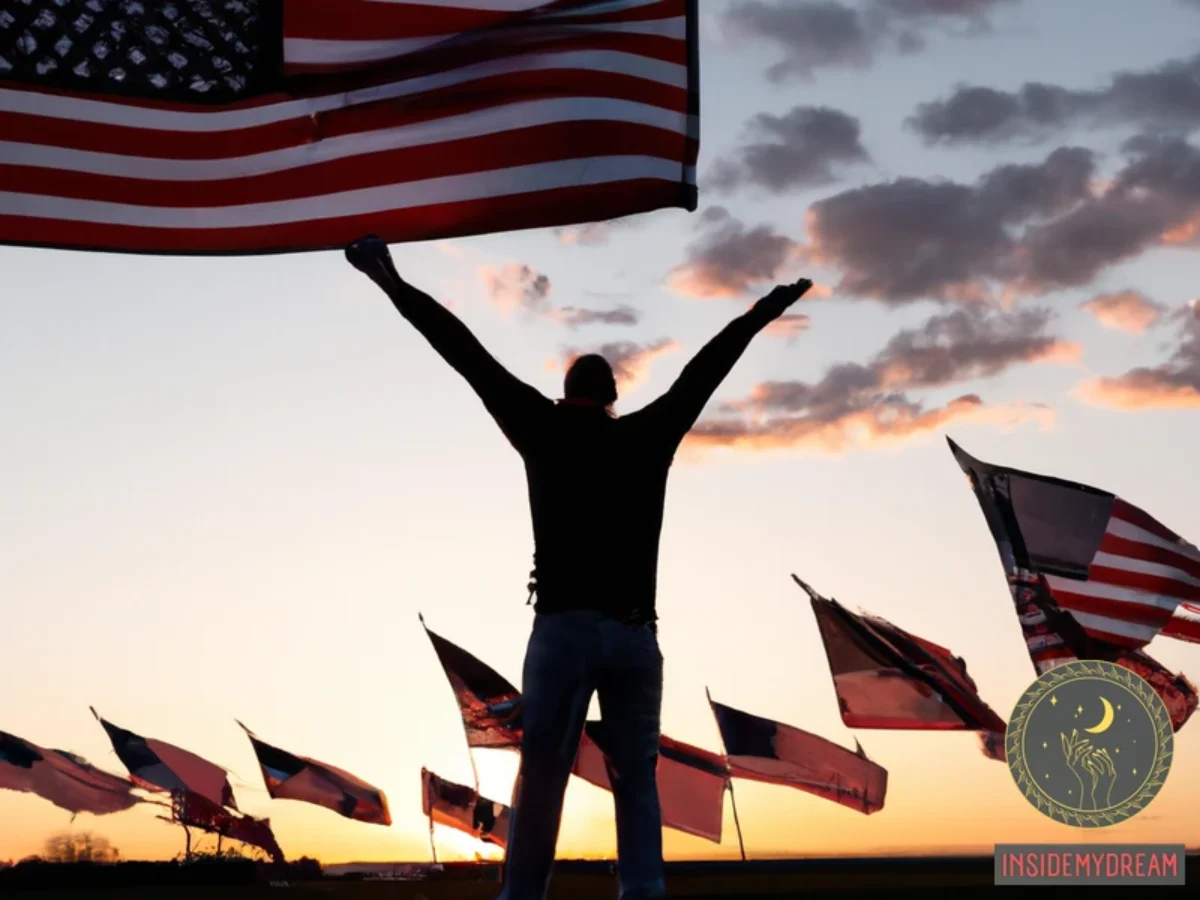Exploring the History and Evolution of Military Uniforms in the UK

Welcome to Military Uniforms Worldwide! In this article, we will delve into the rich history and unique features of the military uniform UK. Explore the distinct styles and symbols that represent the bravery and valor of the United Kingdom's armed forces. Join us on this journey through time and tradition.
ARVE Error: Invalid URL </p> in url
Distinctive Features: Over time, UK military uniforms have incorporated distinctive features. For instance, the iconic red coats with white facings worn by British soldiers during the 18th and early 19th centuries symbolized the formal dress of the British Army. On the other hand, modern uniforms emphasize practicality, with camouflage patterns and modular designs tailored for specific environments and operational requirements.
Social Significance: UK military uniforms have also held social significance, representing a sense of identity, discipline, and pride among servicemen and women. They serve as a visible reminder of the sacrifices and dedication of those who wear them, fostering a sense of unity and camaraderie within the military community.
Rank Insignia and Decorations
Rank insignia and decorations play a crucial role in UK military uniforms, serving as visual cues that indicate an individual's rank, achievements, and areas of expertise. These elements contribute to the overall appearance and professionalism of military personnel.
Hierarchy and Identification: Rank insignia, such as epaulets, chevrons, and badges, are prominently displayed on UK military uniforms to denote an individual's rank within the hierarchical structure. This allows for quick identification and facilitates effective command and control during operations.
Achievements and Expertise: Decorations, such as medals, ribbons, and badges, are awarded to UK military personnel for acts of bravery, exceptional service, and specialized training. These symbols acknowledge and highlight an individual's achievements and areas of expertise, serving as a source of pride and recognition.
Traditions and Heritage: Rank insignia and decorations also uphold traditions and heritage within the UK military. They represent a sense of history and honor, linking current servicemen and women to their predecessors and fostering a sense of belonging and continuity.
Uniform Regulations and Modernization
Uniform regulations in the UK military ensure a standardized and professional appearance among servicemen and women. Over time, efforts have been made to modernize military uniforms, incorporating technological advancements and addressing practical needs.
Standardization and Cohesion: Uniform regulations provide guidelines on the design, fit, and wear of UK military uniforms, ensuring a consistent and cohesive appearance across different branches and units. This promotes a sense of unity and professionalism within the military.
Functional Adaptations: Modernization efforts have resulted in functional adaptations of UK military uniforms. This includes the incorporation of flame-resistant materials, enhanced camouflage patterns, and improved body armor systems, reflecting the evolving nature of warfare and the need for increased protection and operational effectiveness.
Environmental Considerations: Uniform regulations also account for environmental considerations. Different uniform variants are issued for various climates and terrains, allowing personnel to adapt to different operational environments while maintaining a professional appearance.
Overall, UK military uniforms continue to evolve, balancing tradition, functionality, and practicality. They serve as a tangible representation of the armed forces' values, history, and dedication to serving the nation.
Questions asked by our uniform blog followers
What are the key elements of a military uniform in the United Kingdom?
In the United Kingdom, key elements of a military uniform include:
1. Combat Uniform: The standard combat uniform worn by British armed forces is known as the Multi-Terrain Pattern (MTP) uniform. It consists of a camouflage jacket and trousers, typically in shades of brown and green.
2. Rank and Insignia: Military personnel wear insignia on their uniforms to indicate their rank and branch of service. These may include badges, shoulder boards, or collar tabs.
3. Headgear: The British military typically wears a beret as part of their uniform, although the specific color may vary depending on the unit or branch. Officers may also wear peaked caps or service caps for formal occasions.
4. Badges and Patches: Soldiers often display various badges and patches on their uniforms to indicate their qualifications, awards, or affiliations. These can include skill badges, unit patches, or campaign medals.
5. Equipment: Military uniforms are often accompanied by equipment such as webbing belts, tactical vests, and helmets. The type and configuration of the equipment may vary depending on the soldier's role and unit.
6. Ceremonial Dress: On formal occasions, the British military wears ceremonial dress, which includes a tunic, trousers, and a headpiece like a bearskin hat for the Foot Guards or a busby for the Royal Horse Artillery.
7. Awards and Decorations: Soldiers may also wear ribbons or medals on their uniforms to represent their awards and decorations for acts of valor, long service, or operational deployments.
It is important to note that these elements may vary slightly depending on the branch of service, unit, or specific role within the British military.
How has the design of military uniforms in the UK evolved over the years?
The design of military uniforms in the UK has undergone significant changes over the years. Historically, British military uniforms were heavily influenced by European styles, particularly those of France and Prussia. However, starting in the late 19th century, there began a shift towards uniforms that were more tailored and practical for combat.
One notable development was the introduction of khaki uniforms during the Second Boer War (1899-1902). The British Army realized that the traditional red coats stood out too much in the African terrain, making soldiers easy targets for the enemy. Khaki, a dust-colored fabric, provided better camouflage and became the standard for British troops.
During World War I, uniform designs evolved to meet the demands of trench warfare. Soldiers wore and gas masks became essential equipment. The silhouettes changed to accommodate these new requirements, with jackets becoming shorter and trousers wider to make it easier to move through narrow spaces.
In the interwar period, the British Army adopted a more streamlined and functional uniform design. The iconic battledress, introduced in the 1930s, consisted of a jacket and trousers made of durable fabric, often olive green or khaki. It featured multiple pockets for carrying essentials such as ammunition and grenades.
The Second World War brought further changes to British military uniforms. Battle dress jackets were modified to have removable buttons, allowing for easier repair and customization. The introduction of camouflage patterns, such as disruptive pattern material (DPM), helped troops blend into their surroundings.
In recent decades, the design of British military uniforms has focused on enhancing comfort, functionality, and adaptability. Modern uniforms often incorporate advanced materials that are lightweight, moisture-wicking, and fire-resistant. They also include integrated body armor systems and modular gear attachments for improved load-bearing capabilities.
Overall, the design of military uniforms in the UK has evolved to reflect both changes in warfare and advancements in textile technology. Today's uniforms prioritize practicality, protection, and versatility while still retaining elements of tradition and identity.
What is the significance of different colors and patterns on UK military uniforms?
The colors and patterns on UK military uniforms hold significant meaning and serve various purposes.
Firstly, the colors on uniforms often represent the branch of service or unit to which a soldier belongs. For example, the British Army's infantry regiments traditionally wear red tunics while the Royal Artillery wears blue. This helps in easy identification and differentiation between different units and branches.
Secondly, some colors on uniforms signify the rank of the individual. The British Army, for instance, uses a system of insignia with different colors and patterns to distinguish between ranks. Officers typically have gold or silver rank insignia, while non-commissioned officers and enlisted personnel have chevrons in various colors to indicate their rank.
Moreover, colors can also indicate the theater or region of deployment. In situations where camouflage is required, uniforms may be designed with specific patterns and colors to blend into the specific environment and provide better concealment.
Additionally, certain historical traditions are reflected in the colors and patterns on UK military uniforms. For example, the Household Cavalry of the British Army, which includes the Life Guards and the Blues and Royals, wear distinctive red plumes on their helmets as a historical reference to their past involvement in cavalry charges.
Furthermore, some specialist roles within the military may require unique colors or patterns on uniforms. For instance, medical personnel may wear uniforms with white accents or markings to easily identify them as non-combatants and to promote trust during conflicts.
In summary, the colors and patterns on UK military uniforms hold great significance as they represent the branch of service, rank, deployment location, historical traditions, and specialized roles within the military. They serve to enhance identification, unity, and functionality in the context of military operations.
In conclusion, the military uniform in the UK is not only a symbol of national pride and identity, but also serves as a representation of discipline, professionalism, and honor. With its rich history and distinct design elements, the military uniform embodies the values and traditions of the armed forces. From the iconic red coats of the British Army to the functional camouflage patterns of the Royal Air Force and Navy, each branch showcases their unique style while maintaining a cohesive overall appearance. The uniforms play a crucial role in fostering a sense of unity and cohesion among service members, both on and off the battlefield. By donning their uniforms, military personnel demonstrate their commitment to their country and their willingness to defend freedom and peace. In essence, the military uniform in the UK is a powerful symbol that encapsulates the bravery, dedication, and sacrifice of those who proudly serve their nation.
[arve url=







